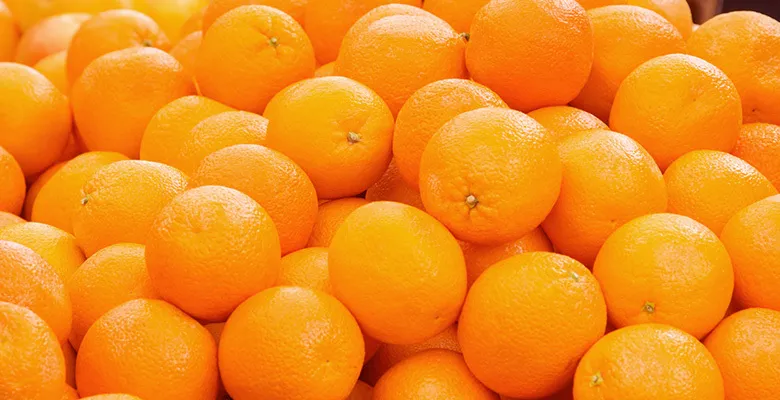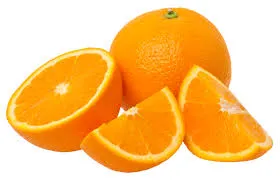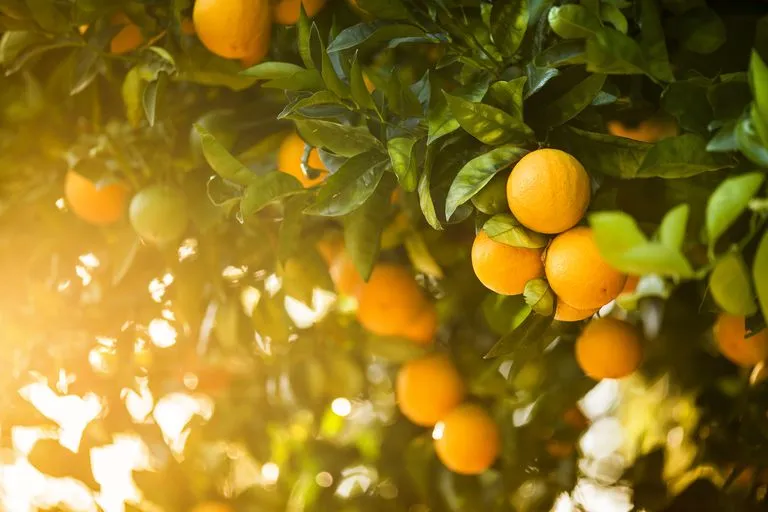
image source
Planting
Orange spreads in a wide range of ways. You can go for spread from seeds and furthermore vegetatively engendering by T-sprouting. You can transplant the seedlings generally in the period of July-August after the initiation of rainstorm.
As a rule, you can plant the mandarins in pits of 50 cm. X 50 cm. X 50 cm. estimate in a square framework with a dividing of 4.5-6 m. , obliging 350-450 plants/ha. In north-eastern parts of India, Khasi mandarins are firmly separated (4.5 m. X 4.5 m.), pleasing in excess of 500 plants/ha.
Water system
You should give water system at an interim of 10-15 days amid winter months and at an interim of 5-7 days amid summer months. Trickle water system prompts a powerful, proficient and monetary utilization of water system water. Particularly, you can pick dribble water system in low precipitation locales. In any case, you should give standard watering as far as possible up to fruiting, contingent upon climate conditions. After the trees are completely developed abandon it as a mono harvest. Citrus is effortlessly influenced by root spoil as different intercrops are being developed. Abstain from planting the cover edit near the orange stalk.
Manuring
Typically, you can apply Sodium Super Phosphate (SSP) to the dirt before planting at a rate of a large portion of a kg for each opening. Moreover, you can include around 10-20kg of compost to the dirt.

image source
Likewise, you can apply NPK manure at the rate of a large portion of a kg for each plant every time of development, split into 2-3 applications for each year i.e. apply around 250 gm for each blustery season. Increment the compost by around 300 gms NPK every time of development up to year 10 when each tree gets 2.5 – 3 kg for every year. Furthermore, you can include farmstead fertilizer moreover.
According to the dirt testing report, you should include micronutrients too. Dishonorable supply of supplements may cause genuine disarranges which may prompt the decay of the entire plantation. Be that as it may, you should supply the miniaturized scale supplements through foliar splashing. A portion of the major required micronutrients are zinc, copper, manganese, iron, boron and molybdenum.
Weed control
For the most part, weeds contend with youthful oranges. Weed before the weeds blossom to keep the generation of more seeds. Try not to burrow through as this will harm roots and cause root decay ailment. Ring weed
around the plants to get a sans weed region for water system and utilization of compost or different manures. Keep the fields weed allowed to maintain a strategic distance from products of the soil spots.
In the event that you are utilizing a herbicide, shower in the between columns maintaining a strategic distance from float to the plants. For this situation, there ought to be no intercrop. Where mulching materials are accessible, mulching is supported.

image source
Reaping and Yield
Above all else, you can reap the natural products when they achieve full size, create alluring shading with ideal sugar and corrosive mix. You should collect the organic products ideally with scissors, shears or secateurs. Be that as it may, you should not collect mandarins in wet climate or amid downpours.
Mandarins begin bearing from the fourth year. Be that as it may, you can expect considerable yield just from 6th year onwards. Mandarin produces 500-800 natural products after around 9-10 years. In any case, its plants achieve the level of full bearing at the age of 10-12 years. The net beneficial life expectancy of orange plantations in the wake of deducting the initial 5 pre-bearing years is just 15-20 years. Notwithstanding, on the off chance that you go for the treatment, you additionally get still generous yield from your orange development business.